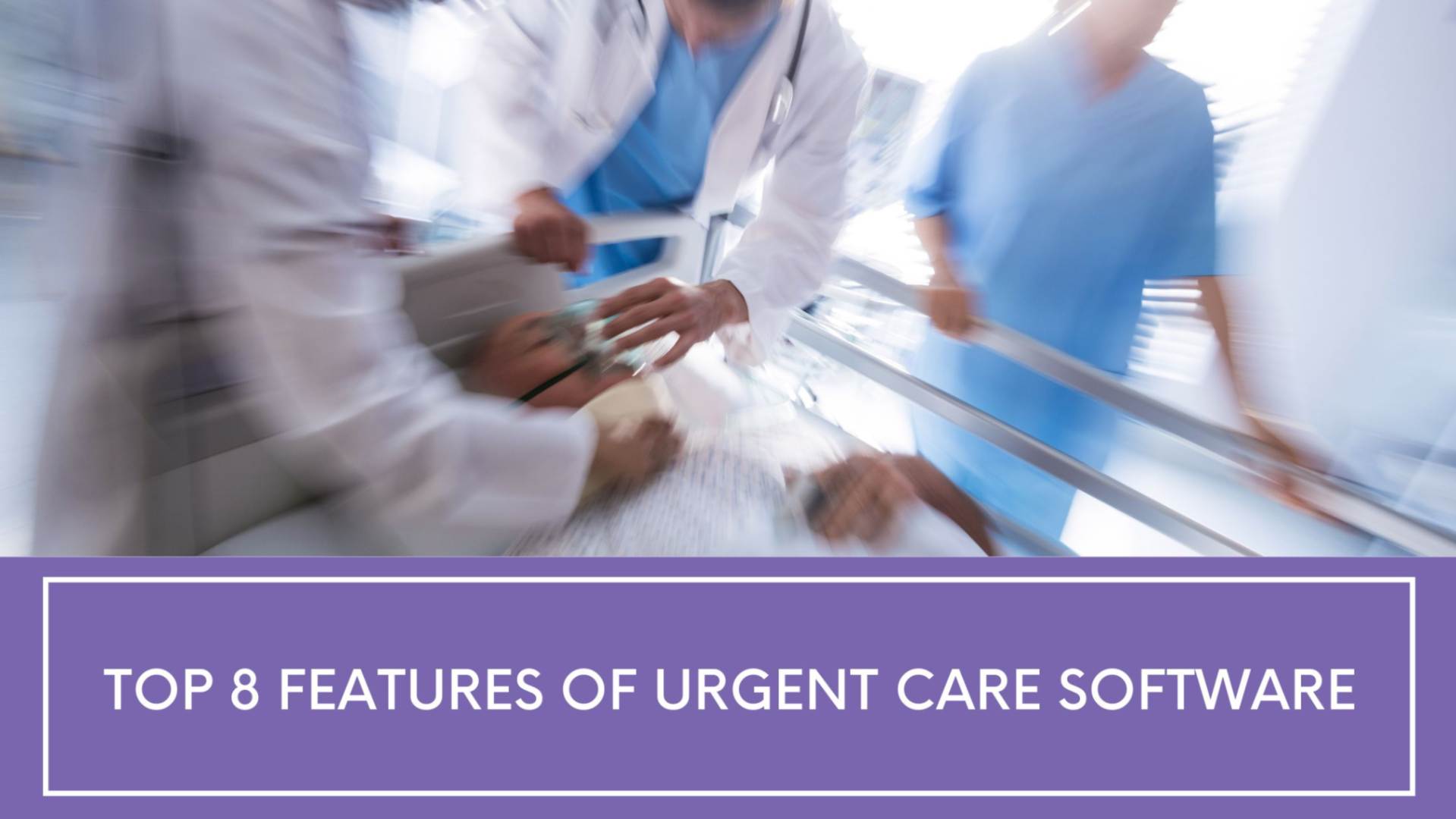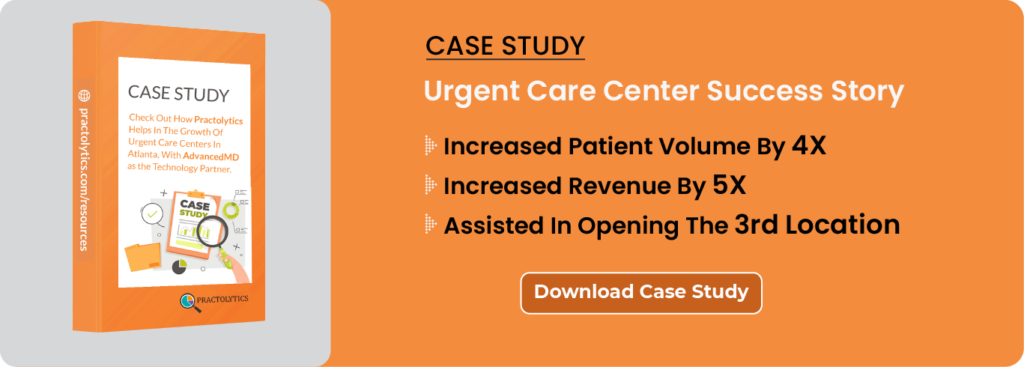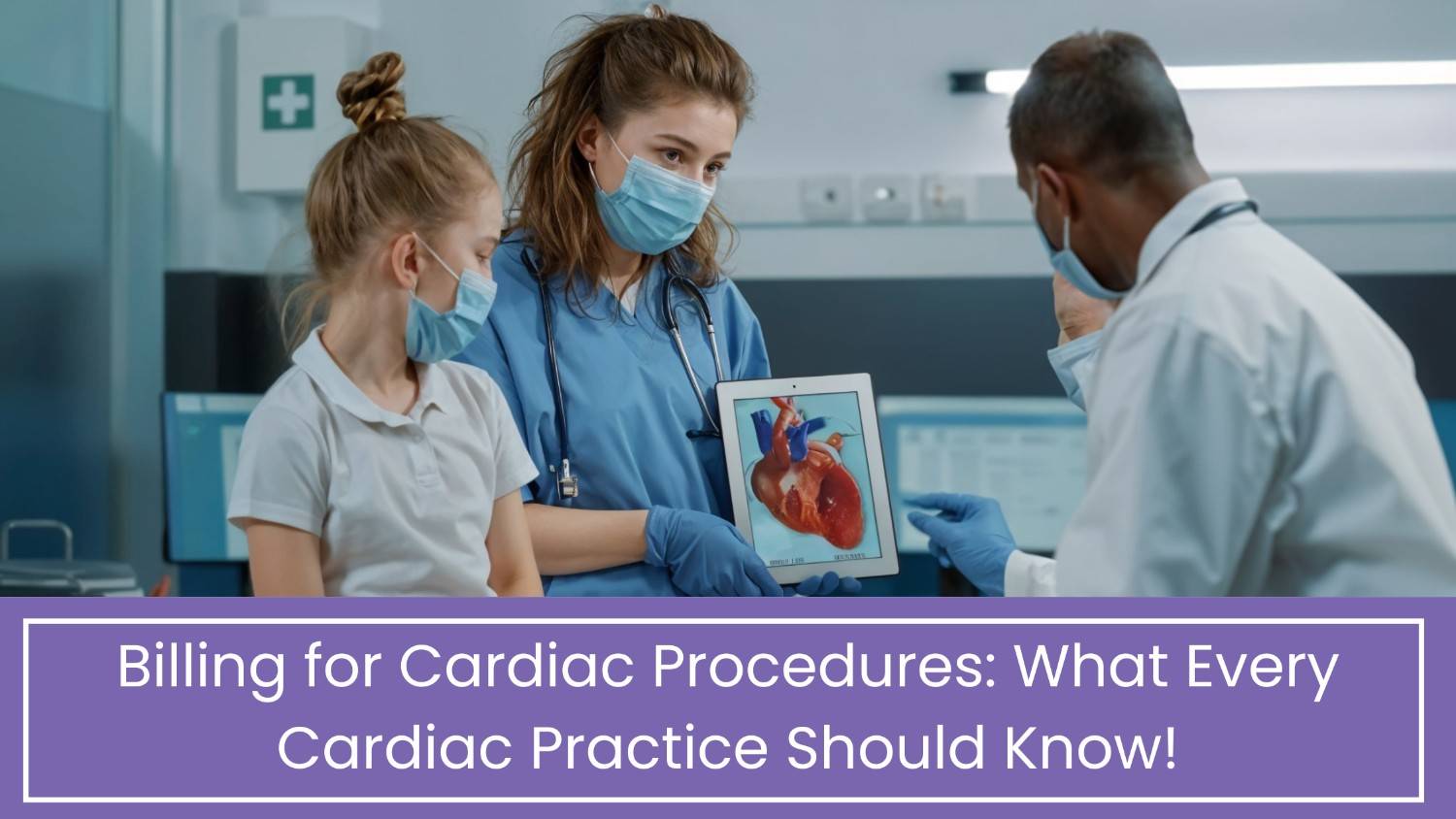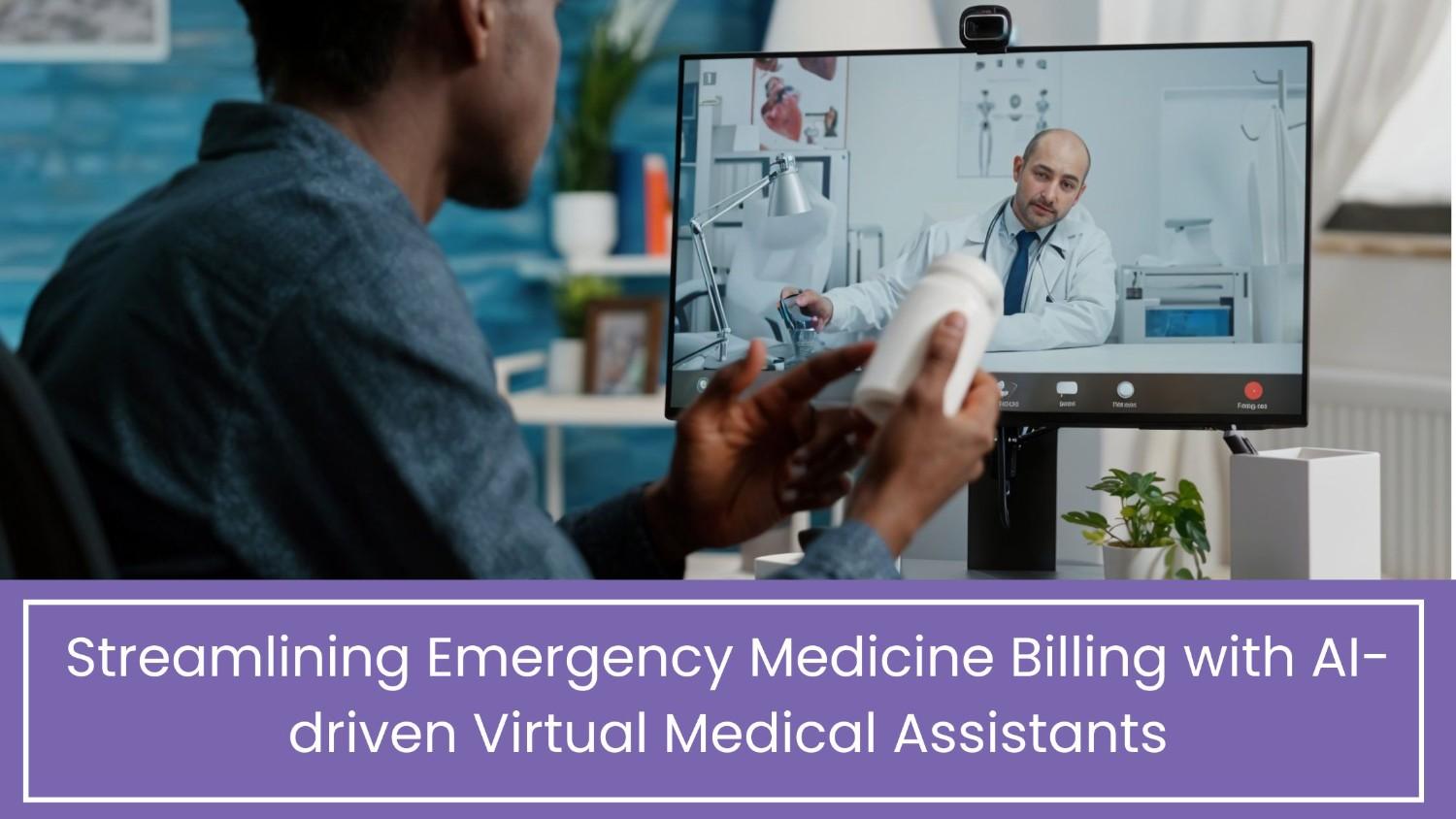Top 8 Features of Urgent Care Software
Urgent Cares are undergoing a radical shift in the way they manage and render its services. Industries, in general, are also evolving with the growing demand, competition, and technological advancements. In Urgent Care facilities too, changes are necessitated, and what had worked before needs significant revamping.
The urgent care industry must prioritize its evolution to fit the digital era. They must focus on building an efficient service delivery workflow and choosing the right partners who suffice your unique needs and continued association.
They should be well-aware of “what’s happening” and make potential updates to the software.
That way, Urgent Care Facilities can ensure smooth management of the Electronic Medical Records (EMR). A state-of-the-art EMR solution can help dissolve major Urgent Care practice issues including high patient volume, costs, revenue, and vexation. If an EMR remains unable to handle these aspects, the Urgent Care facility must turn its back on it and look for another solution that meets the need at the time.
Let us look at the 8 points to take into account while choosing an Urgent Care software:
Table of Contents
1. Flexible navigation for the Urgent Care software
Urgent Care facilities effectively require a strong documentation system in their EMR solution to log patient visits. This is a meticulous process due to the high volume of patient inflow and therefore it demands an easy-to-use system with a simple and user-friendly platform structure.
Bringing in intuitive navigational templates would help eliminate the complexity while using the software, thereby, increasing the urgent care efficiency and productivity at large. The EMR interface must collaborate well with the Practice Management System (PMS) to encompass an integrative approach to managing practice workflows.
Simple navigation options like single-clicks, searches, favorites, and such could take a lot of burden off of the practice staff by eliminating repetitive and duplicate work. The software must also possess the ability to record encounters and deliver simultaneous accessibility in any given order as preferred by the practice staff.
There are EMR options that suggest E/M codes according to the practice documentation. The reliable and accurate codes will help to streamline the urgent care workflow and radically increase the revenue as it also reduces the number of rejected claims due to inaccuracy.
Another aspect that requires easy navigation is the accommodation of OccMed visits in the EMR. Enabling the Urgent Care staff to easily communicate with the clients helps to eliminate the need for any processing that involved manual involvement including scanning and printing of the client records.
The choice of PMS software also plays a major role in delivery efficiency in Urgent Care facilities. Practice must choose a Practice Management Software that integrates easily with the EMR, allowing the practice staff to record and revert back quickly for walk-in patients while engaging with reserved spots.
In addition, the PMS must also seamlessly integrate with online portals for patient registration, check-ins, and billing. Flexibility in navigation helps the practice staff to save a lot of time and cost without compromising on patient care. Improved patient care helps in building a strong community in this growingly competitive market.
2. Feasible interfacing and interoperability within systems
An EMR serves as the central storage area that saves all the patient data. So, it must have the capability to transfer data bi-directionally to labs, pharmacies, and radiology centers. For this, interfacing of systems should be in place. Most of these interfaces take place with the help of Health Level 7 (HL7), although, it is shifting slowly to API.
The interfaced system must record changes updated in the EMR system, updates like patient information, address changes, and such so that it becomes easy for practices to track patients and their real-time information with complete ease.
Interoperability is another factor that requires efficacy and simplicity. It determines the extent to which the data exchange happens within the systems on three levels – functional, structural, and semantic, thereby delivering efficiency to medical practitioners and staff. This would result in better patient engagement and experience.
Urgent Care facilities must choose their EMR/PM vendor carefully so that the individual goals align with each other. Vendors with interfacing experience can bring in affordable solutions without having to compromise on quality.
3. Personnel training and support on handing the EMR software
Although efficient software takes quite a lot of burden off of the Urgent Care staff, it is imperative to appoint an expert who knows what they are doing. A skilled user can easily handle the EMR software successfully and therefore, both clinical and administrative staff must be effectively trained on the EMR software.
How to provide this training effectively in a cost-effective way? Online training is the keyword. How? Online training eliminates significant costs and saves a lot of time during the onboarding process of new employees. This is especially useful for Urgent Care centers with faster personnel turnover.
While online training remains the most effective way, personalized training cannot be replaced for its efficiency in delivering mastery in the EMR. So, Urgent Care facilities must allocate training sessions to new employees according to their roles, that is by acknowledging the importance of EMR understanding in their workflow.
A support team is an essential aspect of managing the EMR software. It is an ongoing process that starts right from the implementation and goes on while it is running. Hiring a technical support team comprising staff with dedicated knowledge and understanding of the industry can come in handy for Urgent Care.
4. Prioritizing patient care
The ultimate aim of any healthcare practice must be patient care. Likewise, an Urgent Care EMR must possess the functionality to help improve patient satisfaction and improve the patient engagement process.
How to make this happen? Streamlining operations such as registrations, appointments, and such to make them easier to access can make the patient experience even more boosted. Facilitating online options for any encounter registration, fixing appointments, and other necessities including notifications on the availability of lab tests, wait time, and appointment reminders can help attain the efficiency that patients might be seeking in an Urgent Care facility.
Now, having software that satisfies patients allocates improved patient engagement through online payments and pre-authorized credit/debit card plans. But this might result in reduced collection time and for that, it is imperative to have a PMS that encompasses pre-authorization payments.
With the emergence of the digital and subscriptions era, people might be looking out for a feasible approach where they can experience the benefit of a full plan by paying in intervals. Such implementation can result in frequent collections, reduce the occurrences of unpaid accounts, enhance patient satisfaction, and makes life easier for the Urgent Care billing staff.
Another important aspect of patient satisfaction is follow up. Communication between the patient and the Urgent Care facility must carry on even after the visit. How to do this? Conduct online text-based surveys after the patient encounter to attain positive reviews. A negative review should be taken up as a challenge to improve as a healthcare facility.
Web-based patient portals are another effective method of allowing space for patients to access information including appointment details, lab availability, test results, reports, and such.
5. Know your specialty
There are several specialties that any practice might offer and for each specialty, the workflow differs. A physiotherapy clinic’s workflow would be far different from what a pediatrician might follow. An Urgent Care facility is not an exception to this. The EMR software implemented into the Urgent Care system must be designed according to what they are specialized in. This way, the software fits properly into the workflow, saving a ton of time and cost.
6. Medication Tracking & E-Prescriptions
Urgent Care facilities encounter several patients in a day and tracking prescriptions for each patient is very difficult. To make the lives of Urgent Care staff and also the patient easier, the EMR solutions should have options to deliver e-prescriptions during or after the encounter that could be sent directly to any pharmacy that is of the patient’s choice.
The Medication Tracking functionality in the EMR system would allow organizations to track these medical prescriptions and information. This would help practitioners to analyze patients’ medications anytime and helps them to suggest alternate options in case of allergic reactions.
7. Choose your partner wisely
Choose the EMR software vendor in such a way that they answer all your clinic needs. Have effective communication with the vendor while implementing the software, and after that. Communicate your specific goals and give insights that could result in substantial growth of the Urgent Care facility.
Your partner must deliver what is best for your facility, and not a common offering with general functionalities to manage a practice. They must also give suggestions by thoroughly understanding your unique needs, what is profitable for your facility, understand Revenue Management Cycle, and guide you through your implementation journey.
It doesn’t end there. The industry is evolving continuously, and software must also update along the way in order to keep up with the market trends. Providing ancillary services including OccMed care can serve as an added benefit to Urgent Care organizations.
It is also important to incorporate solutions that could meet your futuristic goals rather than just going with what’s going on now, and your partner must be aligned to all these and continue their service and adapt.
8. Effective reporting
Reports are helpful assets that affect the growth factor of any industry. It lets industries know where they stand, and how and what must be done to improve their efficiency furthermore. Reports contain actionable insights that are relevant to the company that is updated as the facility runs through common reviews, complaints, protocols, and time.
Having access to such demographic information can help Urgent Care facilities to make faster and more effective decisions. The EMR implemented must allocate access to these reports and KPIs in such a way that you can identify trends, react to them, and drill down to performance indicators that could help enhance the processing of your clinic.
Final Words
One might be daunted and confused in choosing the right EMR software as there are ample options out there. The most important thing to keep in mind while choosing the right EMR solution is to take your time to understand your needs, futuristic goals, your specialty requirements, and what exactly you expect out of an EMR solution. Jot down these requirements, and look for such options available in the market while keeping the cost constraints in mind.
Make sure that the vendor software fulfils all your needs and might have an additional feature that is not going to hurt. After effective implementation, don’t stop but continue your analysis on how to enhance the entire process cycle and again come up with hints.
To know more about how an Urgent Care Facility should choose the right software, speak to our experts at Practolytics.
ALSO READ – What are the Leading Practice Management Software Platforms?
Talk to Medical Billing Expert Today — Get a Free Demo Now!






